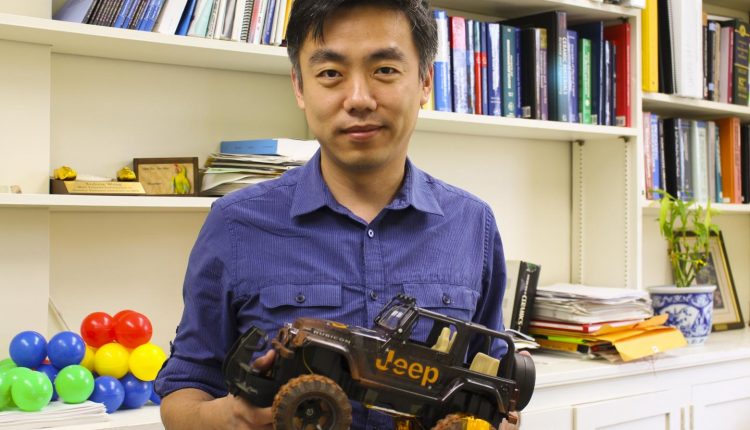
Engineers Create Nanogenerator That Produces Energy From Rolling Car Tires
In keeping with constant discoveries of new methods for energy generation and distribution, a group of engineers from the University of Wisconsin-Madison along with a collaborator from China have developed a nanogenerator that harvests energy from a car’s rolling tire friction.

The new energy method discovered could provide auto manufacturers with a new way of creating super-efficient vehicles.
Associate professor of materials science and engineering at UW-Madison, Xudong Wang, and his PhD student Yanchao Mao have been working on this device for about a year – this is what they came up with.
How it works
The nanogenerator relies on the triboelectric effect (the electric charge that you get when you rub two different objects together) to harness energy from the changing electric potential between the pavement and a vehicle’s wheels.
The nanogenerator takes advantage of all that excess energy that is lost due to friction.
“The friction between the tire and the ground consumes about 10 percent of a vehicle’s fuel,” said Wang. “That energy is wasted. So if we can convert that energy, it could give us very good improvement in fuel efficiency.”
The nanogenerator uses an electrode that is integrated into a segment of the tire so that when this tire surface touches ground, the friction between those two surfaces produces an electrical charge (the triboelectric effect).
Wang and his team tested out their nanogenerator with a toy car equipped with LEDs. They attached an electrode to the wheels of the car and as it rolled across the ground the LED lights flashed on and off. The movement of electrons caused by friction was able to generate enough energy to power the lights – and there you have it – that lost energy can be collected and reused.
“Regardless of the energy being wasted, we can reclaim it, and this makes things more efficient,” said Wang. “I think that’s the most exciting part of this, and is something I’m always looking for: how to save the energy from consumption.”
It was also discovered that the amount of energy produced is directly related to the car’s weight and speed. So, the amount of energy saved will vary depending on the vehicle. According to Wang, there’s about a 10% increase in the average vehicle’s gas mileage given 50% friction energy conversion efficiency.
The researchers’ developments were published on May 6, 2015, in the journal Nano Energy.
